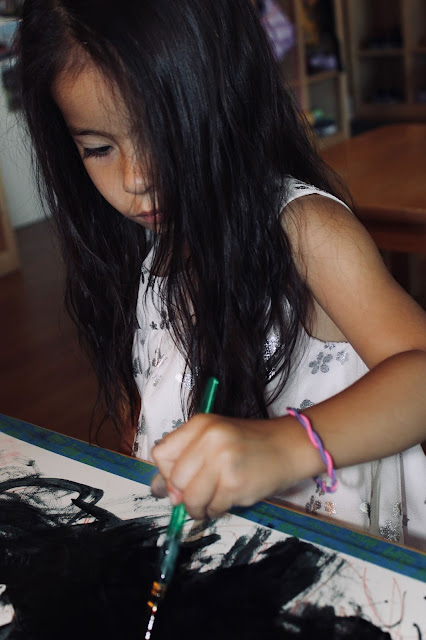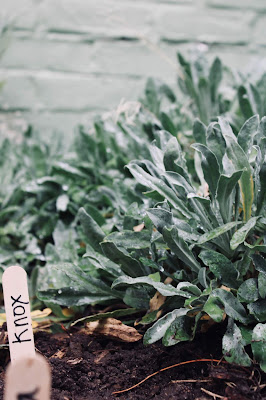It's apple season and we are celebrating!
At the start of the week Bekke told a story about Hercules 11th labor and the golden apples.
At the start of the week Bekke told a story about Hercules 11th labor and the golden apples.
Later in week I shared a Waldorf story about how the star got into the center of the apple. The children delighted in the discovery. (Did you know if you cut the apple in half across the middle you can see the star inside?)
On Thursday, we spent some time
observing and drawing apples.
- 6 large apples peeled, cored and finely chopped (we used gala in one batch and granny smith in another)
- 1/3 cup raw sugar
- ½ cup light brown sugar
- 1 tsp ground cinnamon
- 1/8 tsp allspice
- 1/8 tsp nutmeg
- splash apple cider vinegar
Instructions
- Place the apples in a slow cooker: Top with sugars and spices. Mix well.
- Cover and cook high 5 hours on low 10 hours stirring once halfway until the apples are tender and dark brown.
- Uncover and puree with an immersion blender.
- Cook on high, uncovered for 2 hours stirring occasionally until thickened.
- Spoon into jars or containers, cover and refrigerate.
A wonderful time was had by
all.
Happy Fall and enjoy the harvest, the changing temperatures and the colorful leafy display ahead.
See you next week.
Happy Fall and enjoy the harvest, the changing temperatures and the colorful leafy display ahead.
See you next week.













































